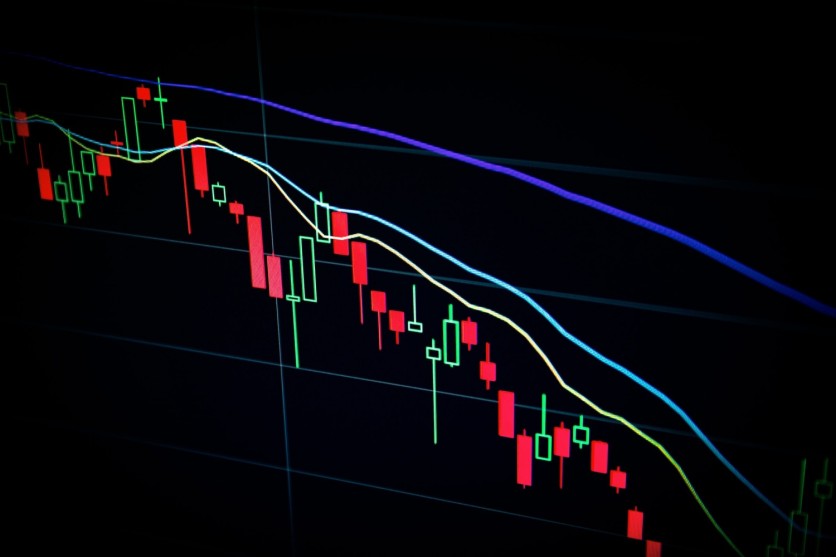
Trading futures dates back to the 17th century, even if you think it's something new. In that year, the Dojima Rice Exchange was held in Japan. It's evident that it was only a precursor of the present futures trading market. Yet, the idea of investing in assets available in the future looked in a similar way. How to trade futures to earn and not lose money? Let's find out.
How do Futures work?
The idea of trading futures is quite simple. There are two parties present at each transaction. A seller offers a commodity, index, or currency at a fixed price and time in the future.
A buyer enters into an agreement, making it possible for the person to buy the assets. The buyer doesn't pay the full price in advance, but a fraction of the price which is called the margin. The amount to pay depends on the seller.
One of the most influential Futures Exchange is the Chicago Mercantile Exchange (CME). The New York Mercantile Exchange (NYMEX), and the Chicago Board of Trade (CBoT) are also worth mentioning. You may trade Futures with Plus500, which gives access to the biggest Futures exchanges in the world.
Why trade Futures?
As a trader of Futures you get access to almost all types of assets, such as cryptocurrencies, commodities, forex, interest rates, or indices. The biggest advantage of such a method of investing is the possibility of speculating on the price of offered assets.
Both parties hope to benefit from the price swings. The buyer wants the price to drop, and the seller does quite the opposite. Futures are highly liquid. Futures give companies great protection against adverse price movements. There are lots of business pages offering insight into the Futures prices, for example here.
If a buyer wants to invest money but doesn't have the full amount at the time, can invest in Futures. It's only required to pay the margin at first.
Disadvantages of Futures Trading
The advantages of trading Futures may be considered as the risks at the same time. If the seller earns on the contract, it means the buyer needs to pay more than initially stated.
The Futures trading contracts have their expiration date, which means no option for any of the parties to sell or buy assets at the best price for them. For buyers, recent copper prices are beneficial, but not for the sellers at all.
It's important to know a bit about the risk connected with the margin. It states a fraction of the total value o a futures contract. It's necessary to become a party to the futures contract. Unlike a downpayment, it doesn't grant ownership of the asset being part of the contract.
We may understand Futures margin as an amount of money that is posted into the account to be able to control the contract. The money also ensures the traders that it's possible to meet their requirements.
Trading with margin - what are the risks?
Let's talk about the leverage risk. Leverage gives the investor opportunity to start trading on a decent scale, with a small deposit (margin). Leverage poses one of the biggest risks to Future trading. To answer why it makes futures trading riskier, we may look at some numbers.
Trader A is interested in a contract of a notional value of $140,000. The margin ranges usually between 3% and 12%. Let's say trader A needs to prepare $5,500 or the initial margin. In addition, there is also a maintenance margin, for example, $5,000. The numbers are similar for Trader B.
There is a big risk of leverage as far as all types of margins are concerned. The maintenance margin is the amount of money on the account to cover potential losses. If the assets' price changes, only sufficient money in the account guarantees the return to the original margin level.
In case the customer's balance drops below the maintenance level, a margin call will be registered. It's the amount of money to pay to reestablish the initial margin. Only then the contract may stay open. Everyone should be aware that the Futures Traders cover the costs of any losses.
ⓒ 2025 TECHTIMES.com All rights reserved. Do not reproduce without permission.




